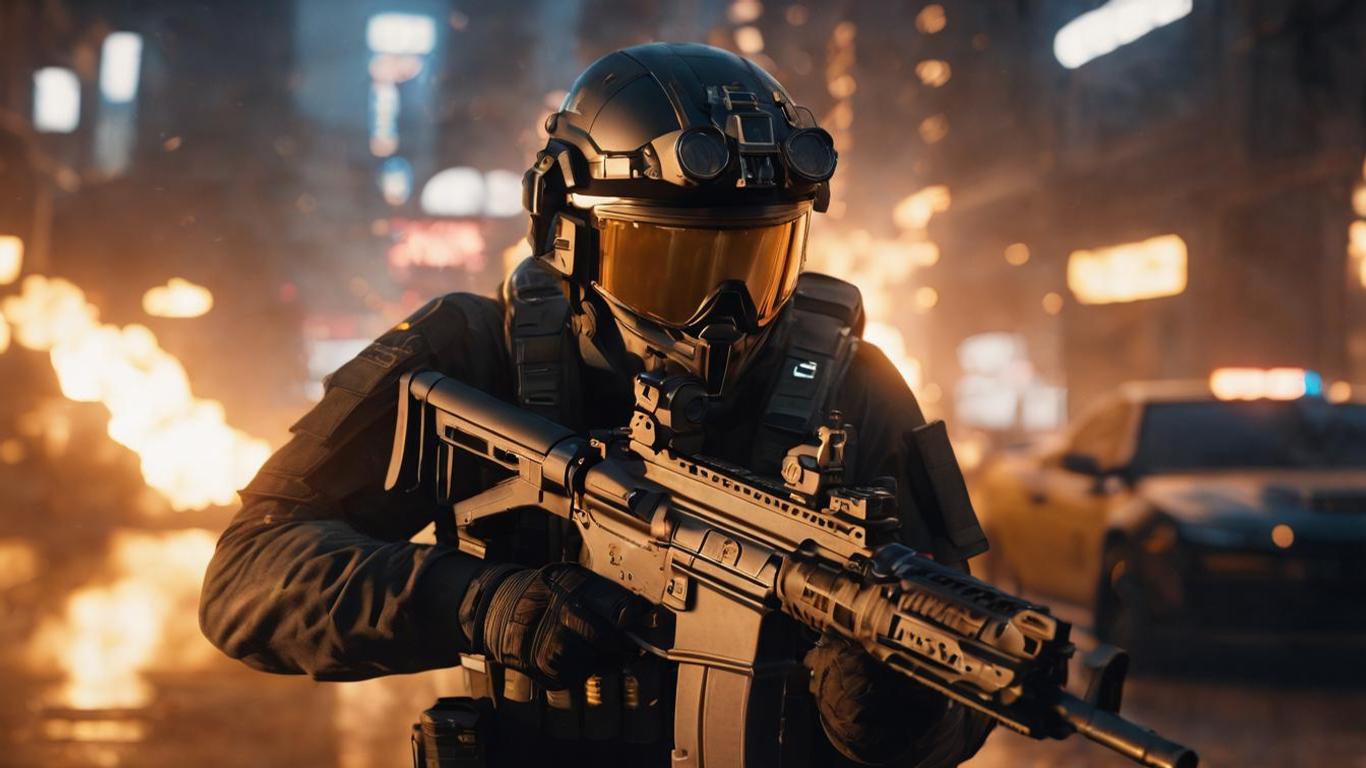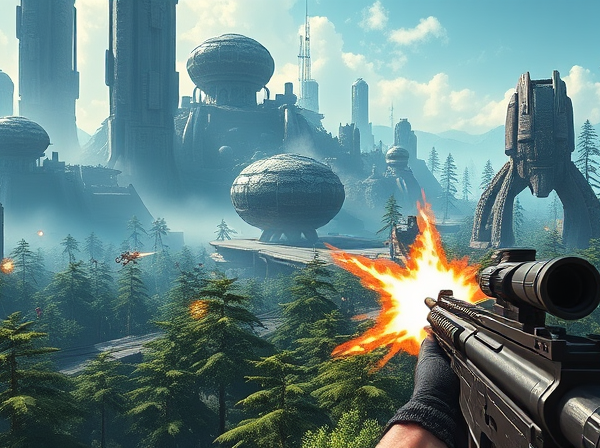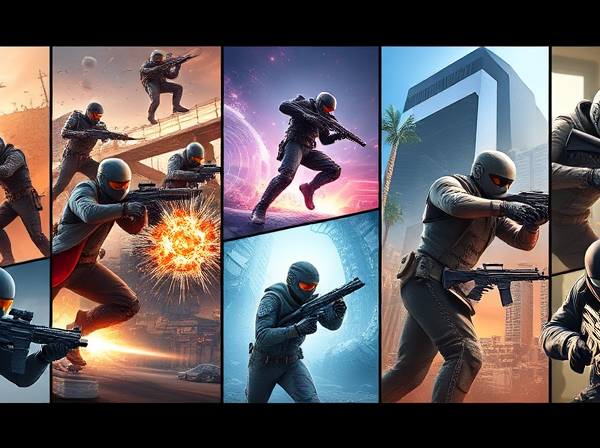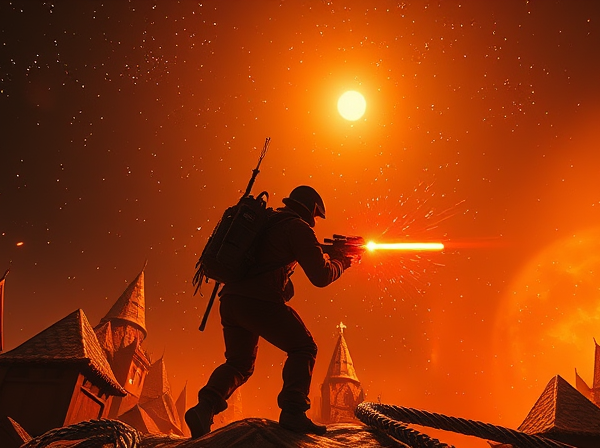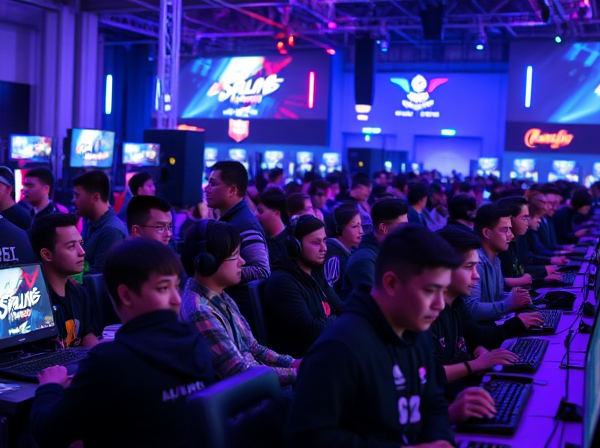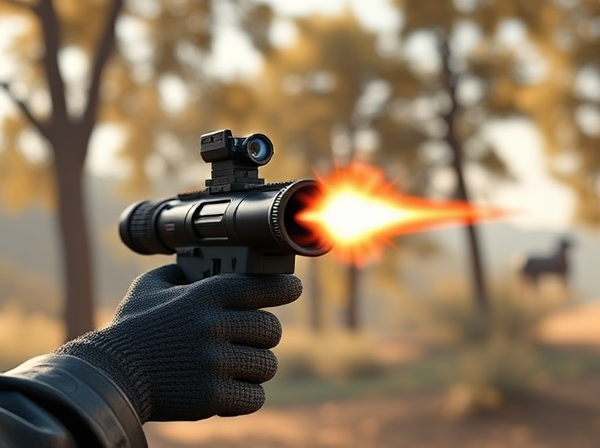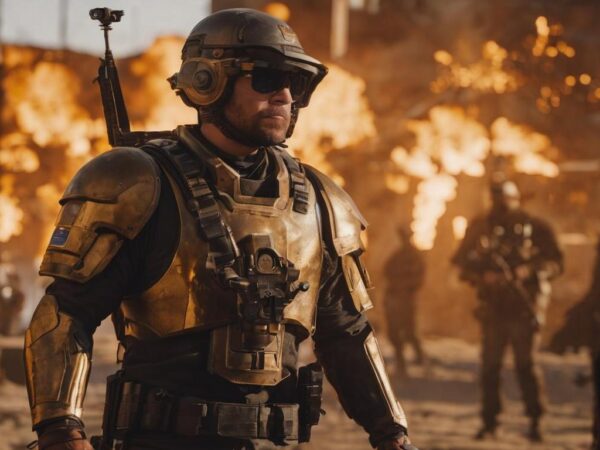Which FPS Games Have the Most Realistic Graphics?
FPS Games with Exceptional Graphics
In the world of First Person Shooter (FPS) games, exceptional graphics have become a standard expectation among players. The advancements in technology have allowed game developers to create visually stunning and immersive experiences. These games are a feast for the eyes, with lifelike textures, intricate details, and realistic lighting effects that elevate the overall gaming experience. From sprawling open-world environments to intense close-quarters combat, FPS games with exceptional graphics transport players into a world that feels tangible and lifelike.
One of the key factors that contribute to the exceptional graphics in FPS games is the use of high-resolution textures. Every surface, whether it’s a weapon, a character, or the environment itself, is meticulously designed and rendered to look as lifelike as possible. Each detail, from the scratches on a gun to the blades of grass swaying in the wind, is taken into account to create a visually stunning world that players can explore. Additionally, advanced lighting techniques like real-time global illumination and dynamic shadows further enhance the realism, making the game world feel alive and immersive. Overall, FPS games with exceptional graphics go beyond the traditional gaming experience, offering players a visual spectacle that is hard to match.
Photorealistic FPS Games
When it comes to photorealistic FPS games, players are experiencing a whole new level of immersion. The advancements in technology have allowed game developers to create stunningly realistic visuals that blur the line between reality and virtual worlds. From the intricately detailed environments to the lifelike character models, these games offer an unparalleled visual experience.
One of the key factors that contribute to the photorealism in FPS games is the use of advanced rendering techniques. Real-time ray tracing, for example, enables games to simulate how light interacts with objects, resulting in highly realistic reflections, shadows, and global illumination. Additionally, the integration of high-resolution textures and realistic physics engines adds further depth and authenticity to the visuals. As a result, players can truly feel like they are part of the game world, making every bullet fired and every explosion witnessed all the more gripping.
The Evolution of Graphics in FPS Games
Over the years, the world of first-person shooter (FPS) games has witnessed a remarkable evolution in graphics. From the early days of pixelated sprites and basic textures, to the stunningly realistic visuals we see today, developers have continuously pushed the boundaries to create visually captivating experiences.
In the early stages of FPS games, graphical limitations were evident. With limited processing power and storage capacity, developers had to make do with simple character models and rudimentary environments. However, as technology advanced, so did the possibilities for creating more intricate and visually appealing graphics. From the introduction of 3D polygons to the implementation of advanced lighting and shading techniques, the evolution of graphics in FPS games has been a journey of constant improvement and innovation.
Cutting-Edge Graphics in FPS Games
With the rapid advancement of technology, cutting-edge graphics in FPS games have become a paramount factor in immersing players into virtual worlds. Developers are constantly pushing the boundaries of visual realism through innovative techniques and state-of-the-art technologies. The highly detailed environments, stunning character models, and vibrant effects all contribute to creating an engrossing visual experience.
One notable aspect of cutting-edge graphics in FPS games is the focus on photorealism. From intricate textures on surfaces to realistic lighting and shadows, developers strive to replicate the look and feel of the real world. This level of attention to detail not only enhances the overall visual quality but also adds to the immersion factor, making players feel like they are truly a part of the game’s universe. Moreover, the seamless integration of animation and physics into the graphics further enhances the realism, allowing for natural movements and interactions in the virtual environment. As a result, players can feel a heightened sense of presence and connection to the game world, amplifying the overall gaming experience.
The Impact of Realistic Graphics in FPS Games
The impact of realistic graphics in FPS games is undeniable. As technology has advanced, so too has the ability of game developers to create stunning visuals that push the boundaries of realism. From lifelike character animations to highly detailed environments, these advancements have greatly enhanced the immersive experience for players.
With realistic graphics, players are able to feel a greater sense of presence within the game world. The level of detail in the graphics can create a sense of believability, making the game world feel more alive and dynamic. This heightened realism can increase the player’s emotional investment in the game, leading to more intense and memorable gaming experiences. Additionally, realistic graphics can also aid in conveying important information to the player, such as highlighting objects of interest or providing visual cues for gameplay mechanics. Overall, the impact of realistic graphics in FPS games cannot be underestimated, as it plays a crucial role in shaping the player’s immersion and overall enjoyment of the game.
FPS Games Pushing the Boundaries of Realism
The continuous advancements in technology have led to the emergence of FPS games that are pushing the boundaries of realism. With the rapid improvement in graphics and rendering capabilities, game developers are now able to create virtual worlds that closely resemble reality. Players can now experience highly detailed environments with lifelike textures and lighting effects, making the virtual worlds feel more immersive than ever before. From stunningly realistic landscapes to intricately designed character models, these games blur the line between imagination and reality, giving players a truly unforgettable gaming experience.
One of the key factors contributing to the realism in FPS games is the use of cutting-edge graphics engines. These engines are specifically developed to harness the power of modern hardware and deliver visually stunning game visuals. By utilizing complex algorithms and advanced rendering techniques, these engines are capable of creating realistic lighting, shadows, and reflections. Combined with high-quality textures and meticulous attention to detail, these games offer a level of visual fidelity that was unimaginable just a few years ago. As a result, players are transported into a world that feels astonishingly lifelike, heightening their sense of immersion and enhancing the overall gaming experience.
Unbelievably Realistic Visuals in FPS Games
In the realm of first-person shooter (FPS) games, developers have pushed the boundaries of realism to create unbelievably realistic visuals. With advancements in technology and the relentless pursuit of graphical excellence, modern FPS games now offer an immersive experience like never before.
Players are greeted with stunningly detailed environments, from sprawling open-world landscapes to intricately designed urban cities. The level of detail is astonishing, with every nook and cranny meticulously crafted to create a sense of unparalleled realism. The lighting and shading effects further enhance the visuals, replicating real-world lighting conditions and adding depth to the game’s atmosphere. From the sunlight filtering through trees to the flickering fluorescent lights in darkened corridors, these details enhance the immersion and make players feel like they’ve stepped into a fully realized world.
FPS games have come a long way in terms of graphics, and the unbelievably realistic visuals offered today are a testament to the advancements in technology and the dedication of developers to create an unforgettable gaming experience. With each new release, the visuals continue to astound players and push the boundaries of what is possible. As technology continues to advance, it is exciting to imagine what the future holds for FPS games and the ever-evolving pursuit of realism in their visuals.
The Role of Graphics in Immersion in FPS Games
One of the key elements that contribute to the immersion in FPS games is the quality of graphics. Realistic and immersive graphics are essential in creating a believable and captivating virtual world for players to explore. The intricate details, vibrant colors, and lifelike animations all work together to transport players into the game’s environment, allowing them to feel present within the virtual world.
When the graphics in FPS games are of high quality, players are more likely to feel a sense of presence and connection to the game world. From the realistic textures of the environments to the meticulously designed character models, every aspect of the visual presentation contributes to the overall sense of immersion. As players navigate through beautifully rendered landscapes, engage in intense gunfights, or interact with non-player characters, the visual fidelity of the game enhances the overall experience. The Role of Graphics in Immersion in FPS Games cannot be understated, as it plays a crucial role in drawing players into the virtual world and ensuring a truly immersive gameplay experience.
Innovative Techniques for Realistic Graphics in FPS Games
Developing realistic graphics in FPS games requires constant innovation and the implementation of cutting-edge techniques. One such technique is the use of advanced lighting systems. By incorporating dynamic lighting and shadow effects, game developers can create a more immersive environment. This not only enhances the visual experience but also adds a sense of realism as in-game objects react realistically to light sources.
Another innovative technique used to achieve realistic graphics is the integration of sophisticated physics engines. By accurately simulating the behavior of objects and characters within the game world, developers can create a more lifelike and immersive experience. Whether it’s realistic bullet impacts or the natural movement of cloth, these physics engines add a level of detail that enhances the overall visual fidelity of the game.
Innovative techniques for realistic graphics in FPS games continue to push the boundaries of what is possible. From realistic lighting systems to dynamic physics engines, these advancements bring players closer to a truly immersive gaming experience. As technology continues to advance, it will be exciting to see what other innovative techniques game developers will employ to further enhance the realism of FPS games.
The Future of Realistic Graphics in FPS Games
As technology continues to advance at an unprecedented rate, the future of realistic graphics in FPS games looks exceptionally promising. With each passing year, game developers strive to push the boundaries of what is visually possible, constantly seeking new ways to provide gamers with an immersive experience.
One of the key areas that we can expect to see significant advancements in is the utilization of real-time ray tracing. This cutting-edge technique, which simulates the behavior of light in a scene, allows for more accurate reflections, shadows, and global illumination. As hardware becomes more capable of handling these calculations in real-time, players can anticipate a level of visual fidelity that rivals even the most advanced CGI seen in movies. These hyper-realistic graphics will not only enhance the overall immersion, but also offer a new level of gameplay depth as players strategically navigate their surroundings based on accurate light interactions.
Alongside real-time ray tracing, the future of realistic graphics in FPS games will also see advancements in character animations. With the introduction of machine learning and AI algorithms, developers will be able to create more lifelike movements and behaviors for NPCs and enemies. This means that players can expect opponents who respond dynamically to their actions, exhibiting intelligent decision-making and even adapting their strategies throughout the game. These realistic animations will undoubtedly add a layer of authenticity to the gaming experience, making the virtual worlds feel more believable and engaging.
In conclusion, as technology continues to evolve, the future of realistic graphics in FPS games holds great promise. From advancements in real-time ray tracing to more lifelike character animations, players can look forward to an immersive and visually stunning experience. As we move forward, it will be exciting to see how game developers harness the latest technologies and techniques to push the boundaries of realism even further in the virtual worlds they create.

